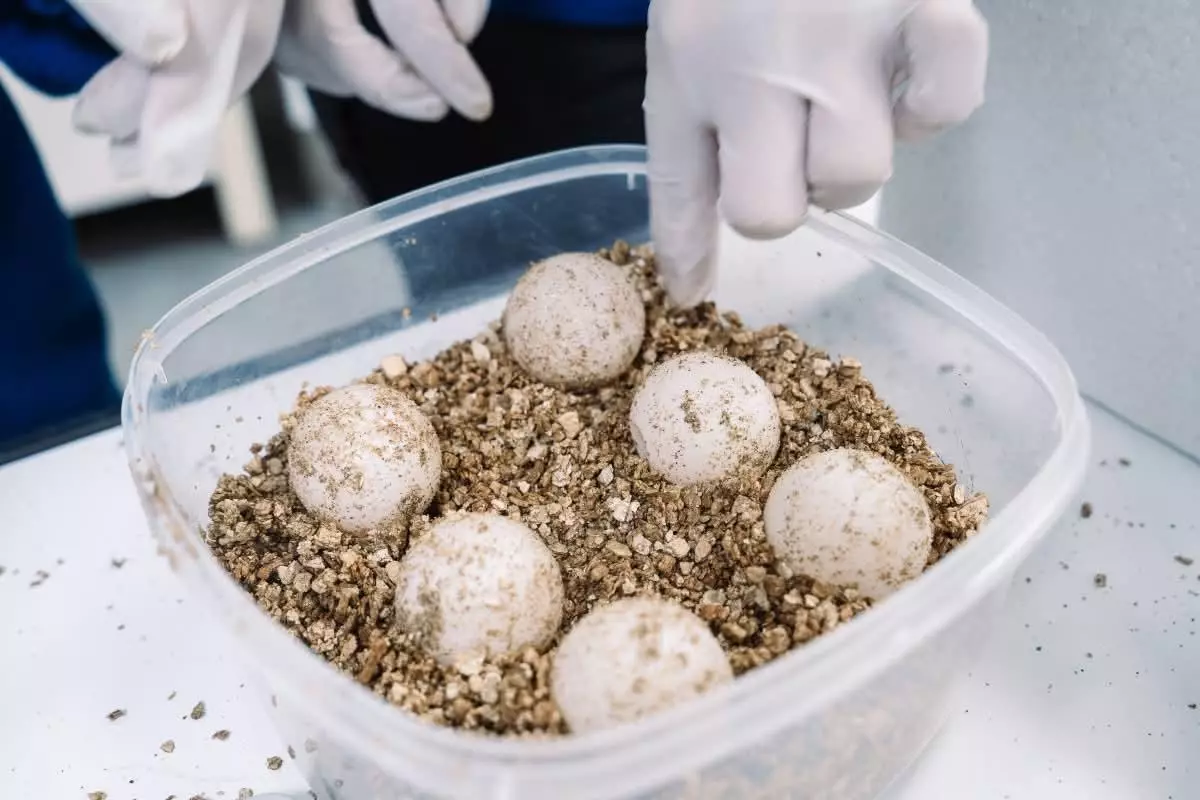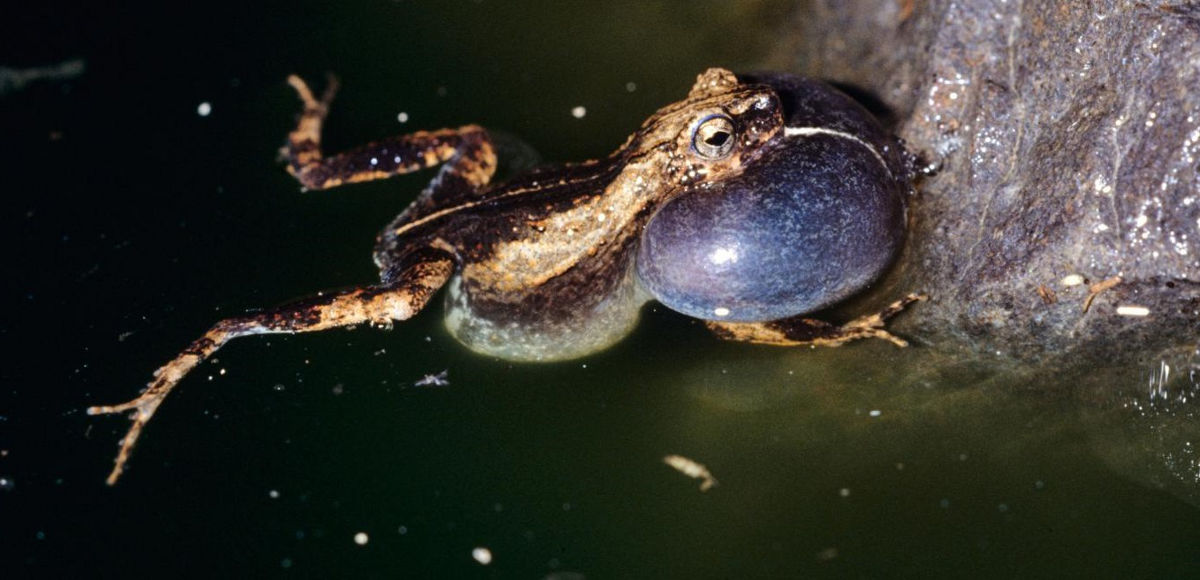Todas estas instituciones velan por las tortugas. El voluntariado ambiental también es una familia que va a más. Ahora tocará vigilar este nuevo nido y esperar, pacientemente, a que los huevos eclosionen. Leer más.










Todas estas instituciones velan por las tortugas. El voluntariado ambiental también es una familia que va a más. Ahora tocará vigilar este nuevo nido y esperar, pacientemente, a que los huevos eclosionen. Leer más.

La Cuadrilla de Aiaraldea, desde su área de Medio Ambiente, viene desarrollando un proyecto de conocimiento y conservación de la naturaleza, centrado en los anfibios, que acaba de dar un nuevo paso con la creación de una charca como alternativa para su reproducción en el municipio de Artziniega. Leer más.

We carried out multilocus phylogenetic analyses using three mitochondrial and three nuclear markers and analysis of morphological data to verify whether the undescribed lineage deserves a species rank. Leer más.

By integrating field transects, citizen science data, snake trapping, and population dynamics models, we show that invasive snakes drive rapid lizard extirpation in natural areas, but urbanization buffers this effect, enabling local persistence. Leer más.

Los renacuajos de la rana «túngara» (Engystomops pustulosus) desarrollados en ciudad son más pequeños pero crecen más rápido que los «criados» en el bosque, según han descubierto los científicos del Instituto Smithsonian de Investigaciones Tropicales en Panamá (STRI). Leer más.
